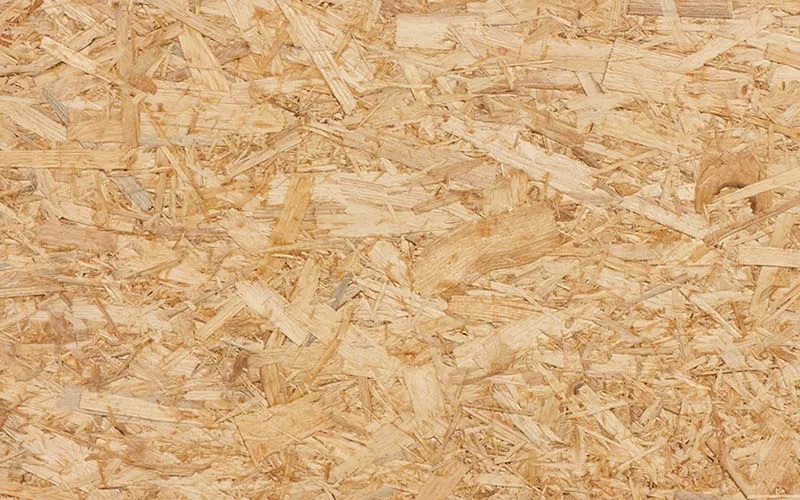Medium-density fiberboard (MDF) has long been a staple in the furniture industry due to its cost-effectiveness, versatility, and ability to be easily shaped and finished. However, MDF is made from wood fibers combined with synthetic adhesives and chemicals, which can be harmful to both the environment and human health. As the demand for more sustainable and eco-friendly materials grows, mycelium is emerging as a promising alternative that has the potential to replace MDF in the furniture industry.
1. The Environmental Impact of MDF
MDF is made by breaking down wood fibers and then bonding them with resin and chemicals, which often include formaldehyde. While MDF is affordable and widely used, it has significant environmental drawbacks. The production process involves the use of non-renewable resources, such as petrochemicals in adhesives, and releases harmful emissions, which contribute to air and water pollution. Additionally, MDF is not biodegradable, and when disposed of, it often ends up in landfills, contributing to long-term waste.
In contrast, mycelium is biodegradable and can be composted at the end of its life cycle, eliminating the environmental impact associated with MDF disposal. Mycelium is also grown from organic waste, reducing the need for cutting down trees and conserving natural forests.
2. Mycelium’s Natural Growth Process
One of the key advantages of mycelium over MDF is its natural growth process. Mycelium is grown by inoculating organic substrates, such as agricultural by-products, with mycelium spores. The mycelium naturally binds the substrate together, forming a dense, durable material without the need for toxic chemicals or synthetic adhesives. This process is far more environmentally friendly compared to MDF, which relies heavily on industrial processes and chemicals.
By using organic waste, mycelium offers a sustainable way to repurpose by-products that would otherwise be discarded, providing a renewable source of material for furniture production. The growth of mycelium requires minimal energy, water, and resources, making it an energy-efficient alternative to traditional MDF production.
3. Strength and Durability
Despite being lightweight, mycelium boards offer remarkable strength and durability. The natural growth process of mycelium results in an interwoven network of fibers that provide solid structural integrity. This gives mycelium a competitive edge over MDF in terms of strength while maintaining a lower environmental impact. Mycelium boards are strong enough for use in a variety of furniture applications, including cabinets, shelving, and tables.
Additionally, mycelium is naturally resistant to pests, mold, and decay, unlike MDF, which can degrade over time and is susceptible to damage from moisture. This makes mycelium a more durable option for long-lasting furniture pieces.
4. Customizability and Aesthetic Appeal
Like MDF, mycelium can be molded into various shapes and sizes, offering the flexibility needed for furniture design. However, mycelium provides a more organic and natural appearance that is often more visually appealing than the manufactured look of MDF. The texture and finish of mycelium can vary depending on the growth process, allowing for unique and customized designs that add a natural, earthy feel to any piece of furniture.
Mycelium’s ability to be customized also means that it can be used to create furniture pieces that are both functional and decorative. Designers can incorporate mycelium into everything from modern minimalistic styles to rustic or natural-themed designs, making it a versatile material that appeals to a wide range of tastes.
5. Mycelium and the Future of Sustainable Furniture
As the furniture industry moves towards more sustainable practices, mycelium has the potential to replace MDF in many applications. With its eco-friendly properties, strength, and versatility, mycelium is poised to become a leading material in sustainable furniture production. As research into mycelium technology advances, production methods will become more efficient, and costs will decrease, making mycelium even more accessible for large-scale furniture manufacturing.
Mycelium’s ability to replace MDF aligns with the growing consumer demand for sustainable products and materials, providing a biodegradable, renewable alternative that reduces environmental impact while offering high-quality furniture solutions.
